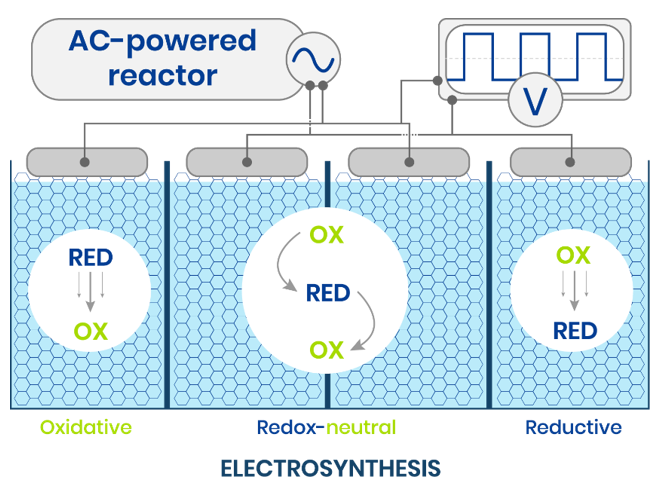18649
Overview
A scalable, stirring-free electro-synthesis method utilizes alternating current (AC) electrolysis to enable efficient redox-neutral, oxidative, and reductive transformations.
Applications
- Industrial-scale synthesis of chemicals and pharmaceutical ingredients
- Synthesis of viscous solutions or reactions with high substrate concentrations
- High-throughput electrochemical screening
Differentiation
- Scalable and Cost-Effective
- Wide Applicability: Supports a broad range of electrochemical transformations
- Environmentally Friendly
- Enhanced Efficiency and Selectivity

Development Stage
The technology has been demonstrated across multiple electro-synthesis processes, including redox-neutral, oxidative, and reductive transformations. It has been successfully proved for reactions of 50mmol, highlighting its scalability and industrial potential.
Patent Status:
USA Published: Publication Number: US-2024-0167176-A1
Contact for more information

Dr. Vered Pardo Yissar
Senior Director of Business Development, Exact Sciences

